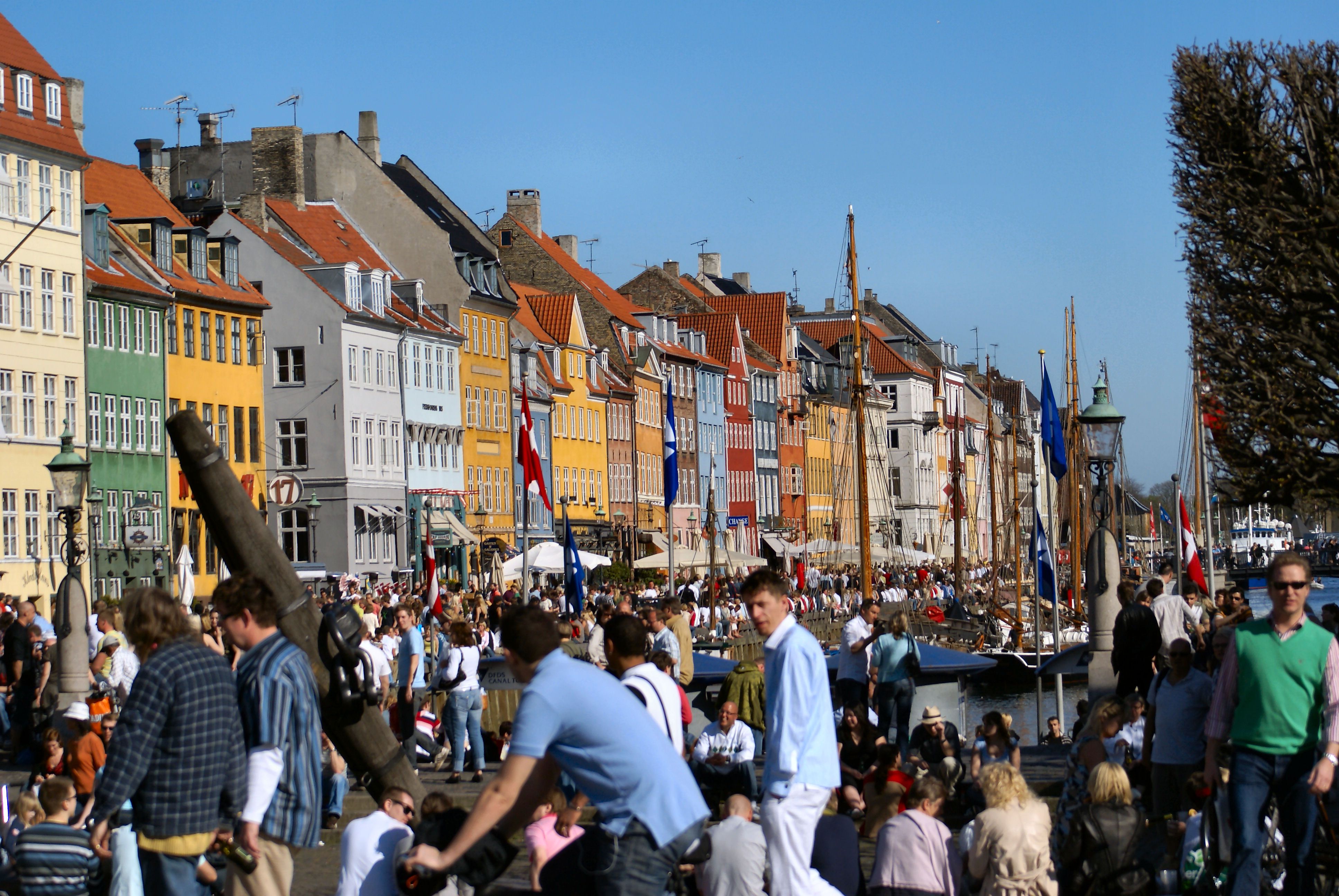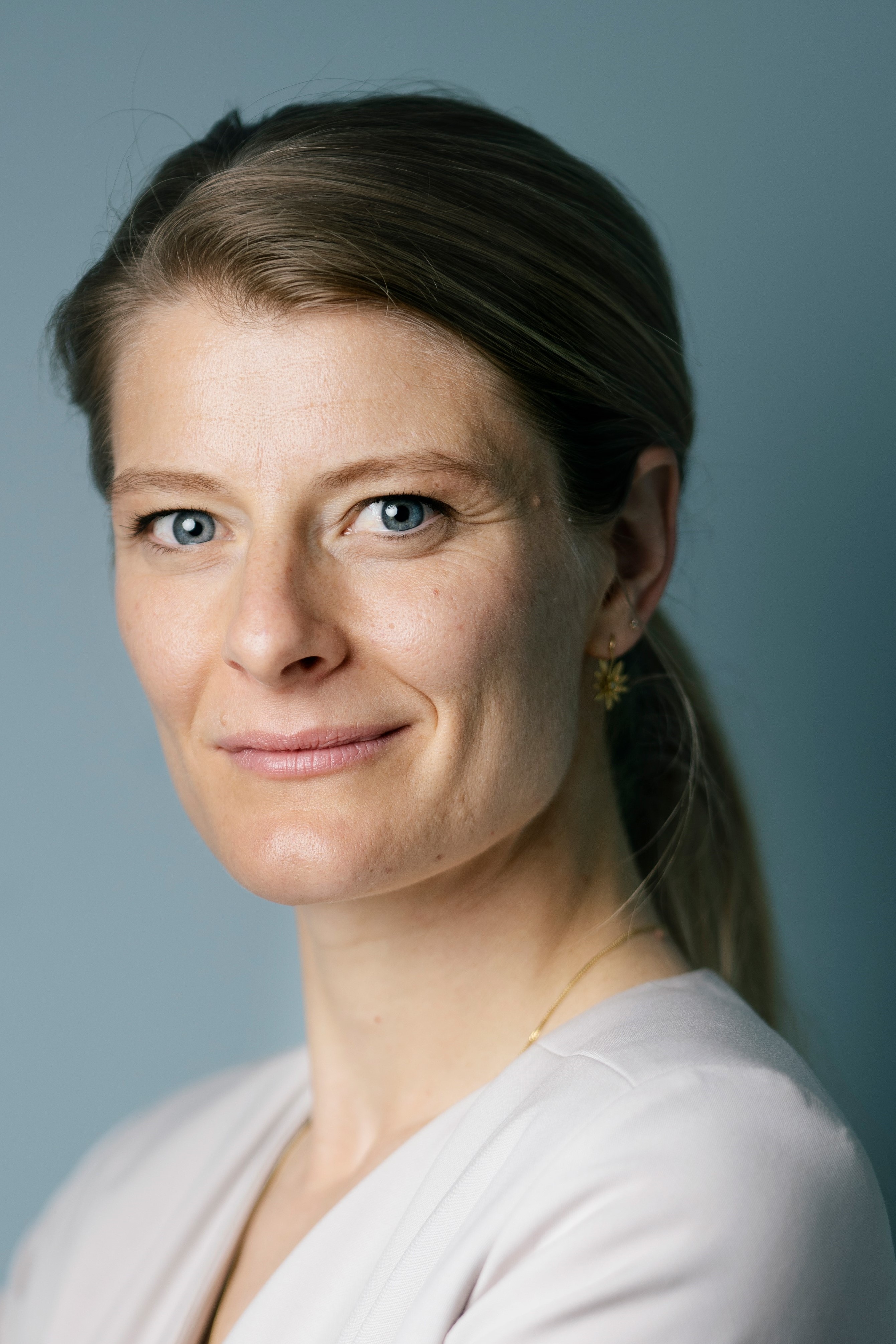Runways, fabrics and tinderstick models occupied the city during Copenhagen Fashion Week. That’s tradition. At the last show I went to, I noticed something eerie, something I had previously overlooked. Now, my proclamation of the death of fashion is not tied to this particular show, which by the way was pretty much like all the rest; even the ‘crazy’ decision to serve lukewarm beer in a can instead of cocktails or champagne was not exactly outstanding – it’s hip to play poor, nothing original about that (just disappointing).

The headline ‘Death of fashion’ doesn’t actually refer to ‘fashion’ shows – they just inspired the thought. Rather it is directed to the primordial aim of fashion: to cover the hairy, smelly surface of the human body with unearthly beauty and symbols of power and status. Because something central has changed in that particular context. The very body of the human being has changed.
 As I stood there, in the midst of all the other bodies lined up alongside the catwalk, it hit me (just like the look Magnum hits Mugatu with at the end scene of Zoolander). I noticed they weren’t really there. They were online. All the spectators were watching the show through the ‘hyperreflection’ of a digital screen, beaming the imagery directly onto their virtual alter egos – an alter ego apparently of much greater importance than the naked perception of reality. The physical bodies of my fellow spectators had become mere instruments, driven like zombies towards the next spectacle to devour through digitalisation.
As I stood there, in the midst of all the other bodies lined up alongside the catwalk, it hit me (just like the look Magnum hits Mugatu with at the end scene of Zoolander). I noticed they weren’t really there. They were online. All the spectators were watching the show through the ‘hyperreflection’ of a digital screen, beaming the imagery directly onto their virtual alter egos – an alter ego apparently of much greater importance than the naked perception of reality. The physical bodies of my fellow spectators had become mere instruments, driven like zombies towards the next spectacle to devour through digitalisation.
That’s why fashion is dead. It has been detached from the very body it came here to cover up, empower and coexist with. The surface of ‘the human body’ is not just made of flesh and bone anymore. It’s gone digital. And all the former awe and immediate beauty of fashion design has become a distant second or tertiary objective of desire 2.0. In a magic mirror world soaked in the false light of electrified crystals, reflective glory seems to be the new black. And the latest collection will be judged not on its beauty or texture, but its potential to arouse the attention of a virtual body without limbs.

When the show ended, nobody appeared to notice their former absence from immediate reality. People just lowered the screens chest high and began oozing around amongst the surrounding faces, scanning with an attentive stare and murmuring in a low zombielike voice: “Celeeebs! Celeeebs!?”
Fortunately I had nothing to offer them – except another voice in the choir.
 Vektor #11 – Don’t miss this set by Anthony Shake Shakir, the American techno producer, best known for his contributions to Detroit techno. Also known as Sequence 10, his appearances are a rarity in Europe.
Vektor #11 – Don’t miss this set by Anthony Shake Shakir, the American techno producer, best known for his contributions to Detroit techno. Also known as Sequence 10, his appearances are a rarity in Europe.
Sunday brunch chill-out
KB18, Kødbyen, Cph V; Sep 14, 23:30-late; 50kr
Sunday brunch chill-out – A Copenhagen-based DJ, Christian D’or, will make it a chilled Sunday set for throbbing heads having brunch at Madsvinet.
Madsvinet, Enghavevej 58, Cph V; Sep 23, 15:00-20:00; free adm
Ever since he was old enough to put dirt in his mouth, Erik B Duckert has been attracted to the ground level and below. The attraction of the underground, he says, is that: “When you’re looking at a city from its gutters, you see both the faeces and the silk.” His favourite sewers are those of Copenhagen and in particular those of Nørrebro and Amager, but any place where trash is tossed and skirts are worn, he will want to rest his eyes and say his piece.











